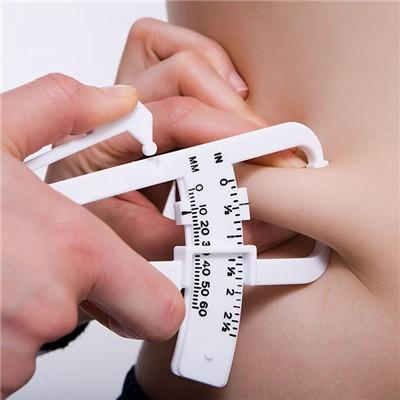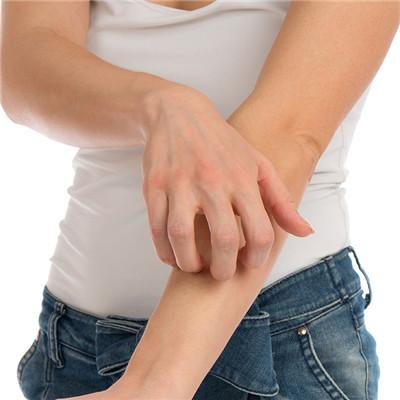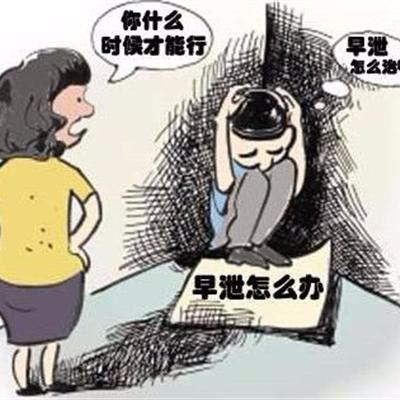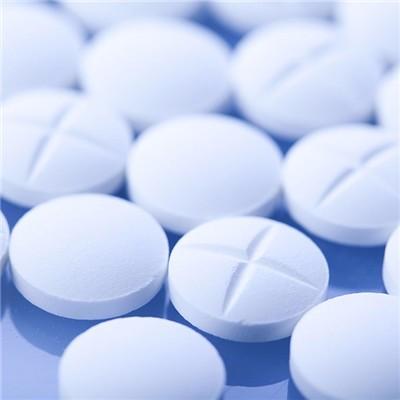What symptom does myelitis have?
summary
Myelitis is caused by virus, bacteria, spirochete, Rickettsia, parasites, protozoa, mycoplasma and other pathogens, or by infection of spinal gray matter or (and) white matter inflammatory lesions, the following limb paralysis, sensory impairment and autonomic nerve dysfunction as its clinical characteristics. The common myelitis are suppurative myelitis, acute myelitis, acute disseminated encephalomyelitis, subacute necrotizing myelitis, acute necrotizing hemorrhagic encephalomyelitis, acute disseminated encephalomyelitis in children, tuberculous myelitis, etc. What symptom does myelitis have? Let's talk about it
What symptom does myelitis have?
Young and middle-aged people are prone to hair loss. Because of the different parts of the spinal cord, it can be manifested as neck pain, chest and back pain, sense of girdle, numbness, weakness and dryness of both lower limbs. More than a few hours or 2-3 days, the disease reached the peak, when the paralysis reached the peak, the pain symptoms were not obvious; In the case of transverse spinal cord injury, the acute stage is spinal cord shock; If it is ascending myelitis, dysphagia, dysphonia, respiratory muscle paralysis and even death may occur.
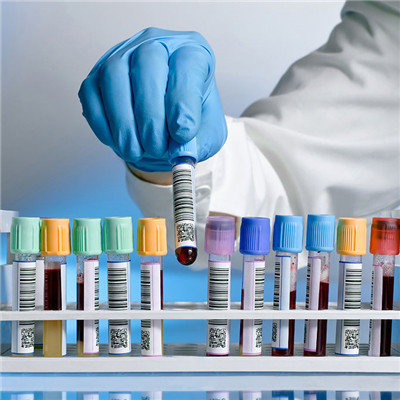
The clinical manifestations were acute onset, such as low fever, neuropathic radicular pain, numbness and weakness of limbs, and fascicular sensation of diseased segments; It can also occur paralysis directly without any other symptoms. Dyskinesia, hypoesthesia and dysfunction of bladder and rectum sphincter appeared mostly within a few hours or days. The early dyskinesia was manifested as spinal cord shock, which generally lasted for 2-4 weeks. After 2-4 weeks, muscle tension gradually increased, tendon reflex was active and pathological reflex appeared.
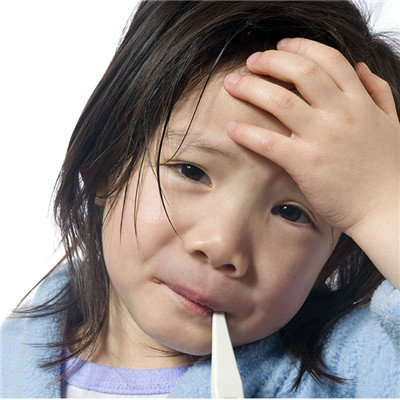
The duration of spinal cord shock depends on the severity of spinal cord injury and the occurrence of complications such as pulmonary infection, urinary tract infection and pressure ulcer. When spinal cord injury is serious, it often leads to the increase of flexor tension. Stimulation of any part of the lower extremity or bladder filling can cause flexion reflex and spasm of the lower extremity, accompanied by sweating, bristling, automatic excretion of urine and stool and other symptoms. It is called global reflex, which often indicates poor prognosis. With the recovery of the disease, the sensory level decreased gradually, but it was slower and worse than the recovery of motor function. The autonomic nervous system dysfunction is characterized by two * retention of urine. After the recovery of spinal cord function, the reflex neurogenic bladder can be formed.
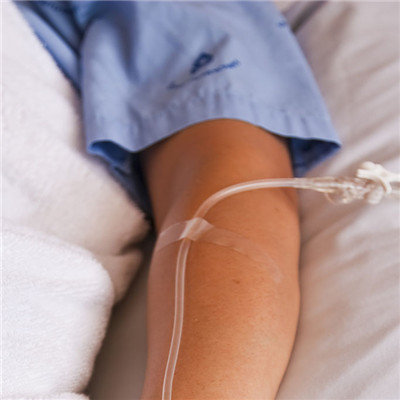
matters needing attention
① Acute period should be bed rest, give rich in calories and vitamins diet. Or give ATP, coenzyme A, adenosine, citicoline and other drugs to promote the recovery of nerve function. A small amount of fresh plasma infused for many times in healthy people can also help to improve the immune function of patients, which is beneficial to the prevention of infection and recovery. ② Turn over frequently, keep the skin clean and dry, and pay attention to massage the pressure parts to prevent the occurrence of pressure sores.





